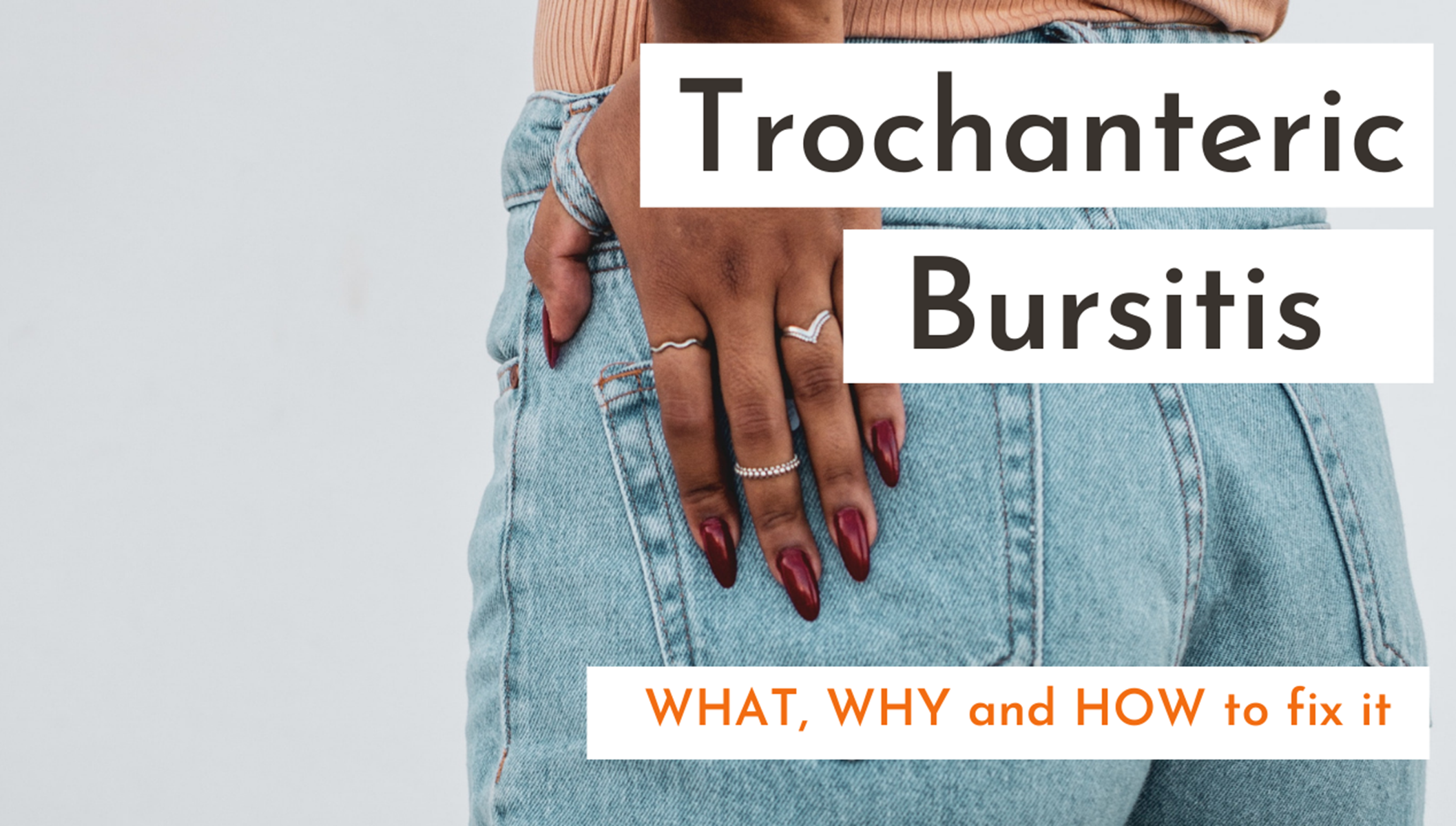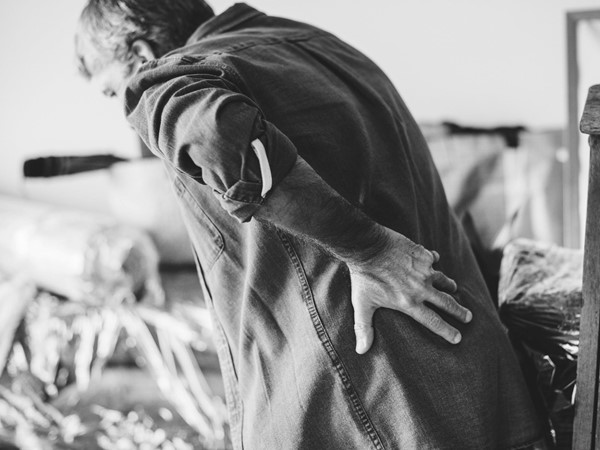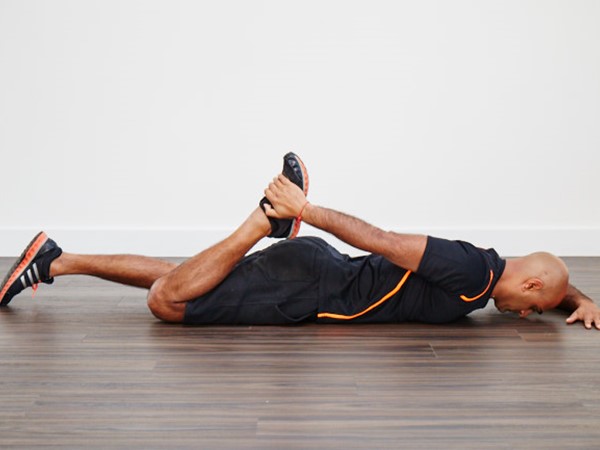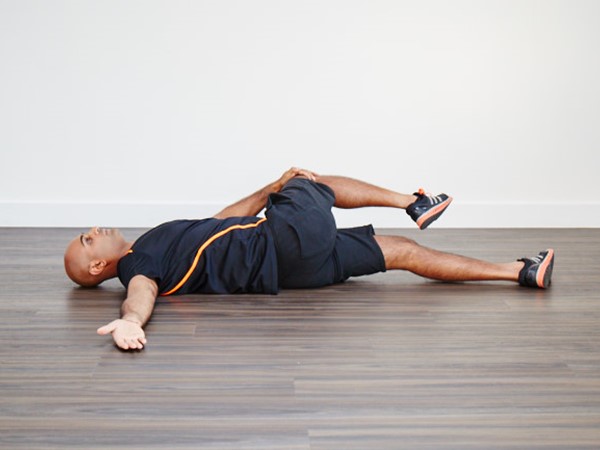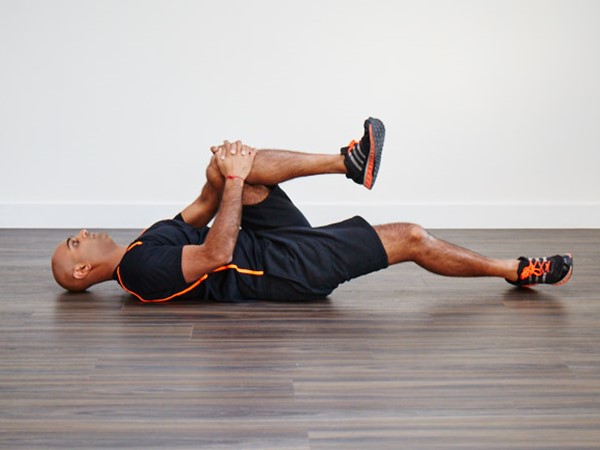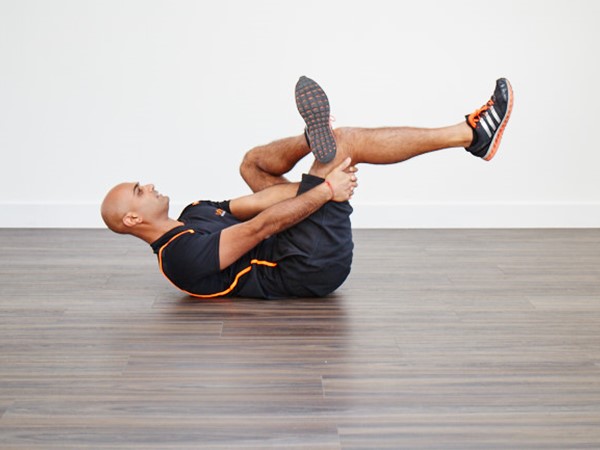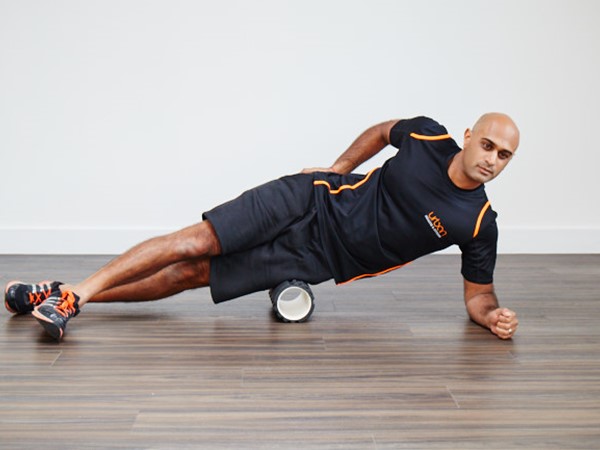Do you suffer from pain on the outside of the hip?
If so, you could be suffering from Trochanteric Bursitis. The condition can affect your walking and even stop your sleeping!
It can occur after falling onto the hip, after surgery, or overuse from activities such as running. More women experience the condition, with pain on movement or when lying on the affected hip.
Read on as our physios explain what it is, why you get it, and what you can do to help yourself.

